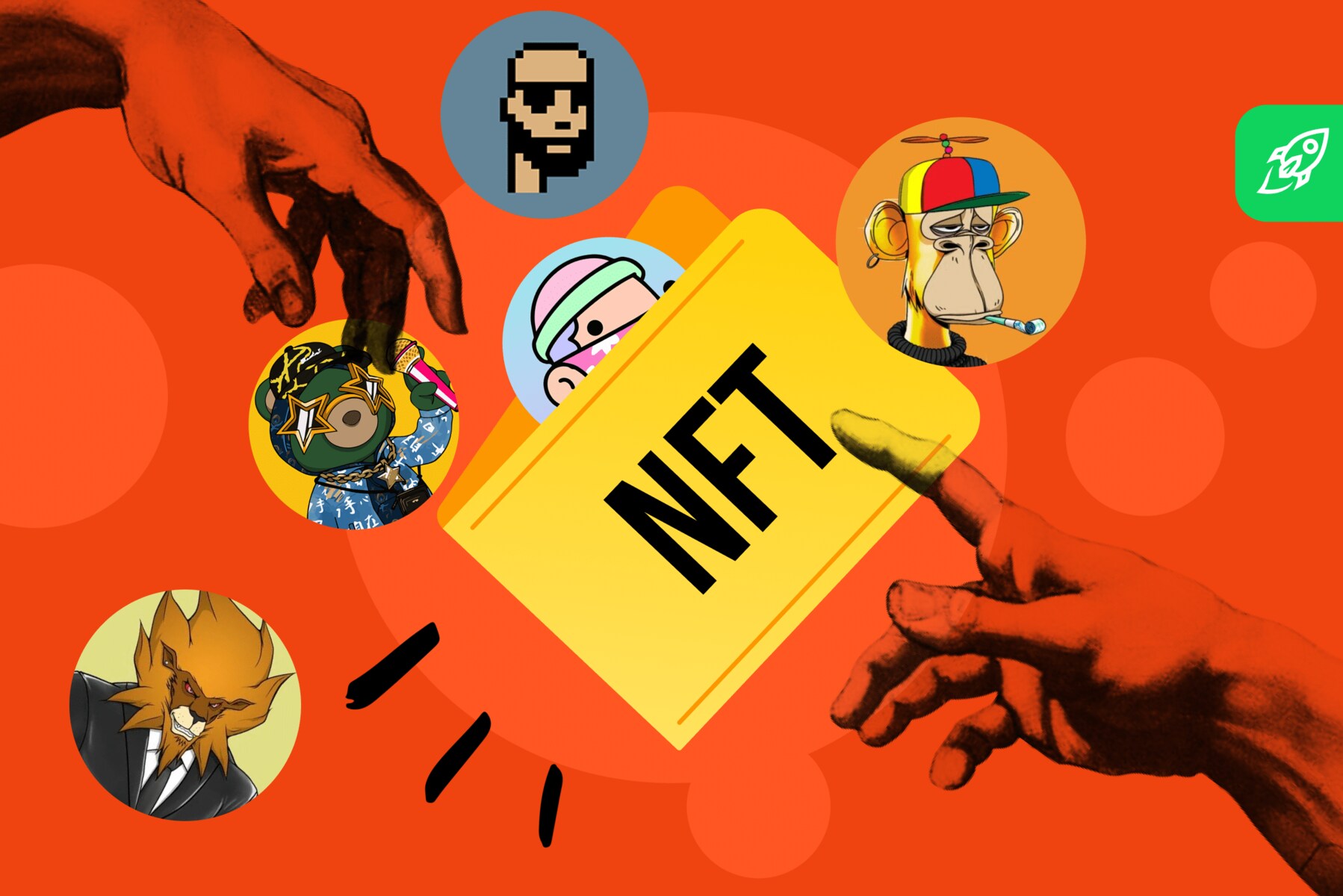Public Key Cryptography
Public key cryptography is a fundamental aspect of blockchain technology that plays a crucial role in ensuring security. It is a cryptographic system that uses two sets of keys – a public key and a private key – to secure data transmission and authenticate the identities of the participants.
The public key, as the name suggests, is openly available to all participants in the blockchain network. It is used to encrypt transactions and messages sent by one party to another. On the other hand, the private key is known only to the owner and is used to decrypt the encrypted data. This means that even if an attacker intercepts the encrypted data, they will not be able to decipher it without access to the corresponding private key.
This asymmetrical encryption mechanism provides a level of security and privacy that is essential in a decentralized system like blockchain. It ensures that transactions can be securely carried out between unknown entities without the need for trust or a centralized authority.
Furthermore, public key cryptography also enables the digital signatures that are used to validate the authenticity and integrity of transactions in the blockchain. When a participant wants to send a transaction, they use their private key to create a unique digital signature. This signature, along with the transaction data, is added to the blockchain. Other participants can then use the sender’s public key to verify the digital signature and confirm that the transaction has not been tampered with.
By leveraging public key cryptography, blockchain networks can achieve a high level of security and confidentiality. It ensures that only the intended participants can access and interact with the data on the blockchain, while also providing a robust mechanism for verifying the integrity of transactions.
In summary, public key cryptography is a foundational feature of blockchain technology that enables secure data transmission, authentication of participants, and validation of transaction integrity. Its use of asymmetric encryption and digital signatures ensures that blockchain remains a secure and trustless system.
Consensus Mechanism
Consensus mechanism is a critical component of blockchain technology that ensures all participants in the network agree on the validity of transactions and the state of the blockchain. It is responsible for maintaining the integrity and preventing any malicious activities that could compromise the system.
In a decentralized network, where there is no central authority to verify and validate transactions, consensus is achieved through a consensus mechanism. There are various consensus mechanisms employed in different blockchain implementations, such as Proof of Work (PoW), Proof of Stake (PoS), Delegated Proof of Stake (DPoS), and Byzantine Fault Tolerance (BFT).
Proof of Work, made famous by Bitcoin, requires network participants, known as miners, to solve complex mathematical puzzles to add new blocks to the blockchain. This process requires significant computational power and energy consumption, making it difficult for malicious actors to manipulate the system. Once a miner successfully solves the puzzle, they broadcast the solution to the network, and other nodes verify it before accepting the new block.
Proof of Stake, on the other hand, selects the validator for the next block based on their stake or ownership of the cryptocurrency. Validators are chosen randomly or based on a combination of stake and other factors. This approach reduces energy consumption and increases the scalability of the network.
Delegated Proof of Stake is a variant of PoS where a limited number of validators, called delegates, are selected to produce blocks on behalf of all participants. These delegates are voted in by the community, and they take turns in producing blocks, ensuring faster consensus and efficiency.
Byzantine Fault Tolerance is a consensus mechanism that focuses on achieving consensus even if some participants are faulty or malicious. It employs algorithms and protocols to ensure that the system can operate securely even in the presence of Byzantine faults.
Regardless of the specific consensus mechanism used, the ultimate goal is to ensure that all participants agree on the state of the blockchain and prevent any malicious activities, such as double-spending or tampering with the data. This consensus mechanism is what gives blockchain its trustless and decentralized nature.
In summary, the consensus mechanism is a crucial feature of blockchain technology that enables participants to agree on the validity of transactions and the state of the blockchain. By utilizing various consensus mechanisms like Proof of Work, Proof of Stake, Delegated Proof of Stake, and Byzantine Fault Tolerance, blockchain networks achieve secure and decentralized consensus.
Immutable Ledger
One of the key features that make blockchain technology highly secure is its immutable ledger. At its core, an immutable ledger refers to a record or history of transactions that cannot be altered, tampered with, or deleted once they are added to the blockchain.
In traditional systems, such as centralized databases, records can be easily modified or deleted by individuals with sufficient access. This poses a significant risk to the integrity and trustworthiness of the data. In contrast, blockchain employs advanced cryptographic techniques to ensure that once a transaction is added to the blockchain, it becomes virtually impossible to change.
Every transaction is grouped into blocks, and each block contains a unique identifier called a hash. The hash represents the integrity of the block and its content. When a new block is created, it includes the hash of the previous block, creating a chain of blocks linked together. This linking of blocks through cryptographic hashes creates a strong defense mechanism against tampering.
Once a block is added to the blockchain, altering its content would require the majority of the network participants to collude and modify every subsequent block. As the blockchain network grows in size and complexity, the computational power required to tamper with the ledger becomes prohibitively expensive and practically infeasible.
Furthermore, the distributed nature of the blockchain adds an extra layer of security to the immutability of the ledger. In a decentralized network, multiple nodes maintain a copy of the blockchain. If one node attempts to modify the ledger, the other nodes will reject that change, as it will not match the consensus of the majority of the network.
This immutability of the ledger has several implications for blockchain technology. First and foremost, it ensures the integrity of the data recorded on the blockchain. Once a transaction is included in a block and added to the blockchain, it becomes a permanent and transparent record that cannot be altered.
Additionally, the immutability of the blockchain enables a higher level of trust in the system. It provides participants with the assurance that the data they interact with is reliable and has not been manipulated. This is particularly important in applications like supply chain management or financial transactions, where data integrity is crucial.
In summary, the immutable ledger is a critical feature of blockchain technology that ensures the integrity and trustworthiness of the recorded data. Through cryptographic hashes and distributed consensus, blockchain creates a tamper-proof ledger that provides transparency and security in various industries and applications.
Distributed Network
A distributed network is a fundamental component of blockchain technology and plays a vital role in enhancing the security and resilience of the system. Unlike traditional centralized systems, where a single entity or authority controls the network, blockchain operates on a distributed network model.
In a distributed network, there is no central authority or single point of failure. Instead, multiple nodes or computers participate in maintaining the blockchain and validating its transactions. These nodes work together to achieve consensus on the state of the blockchain and ensure the integrity of the data.
By distributing the network across multiple nodes, blockchain technology offers several advantages in terms of security and availability. Firstly, it significantly reduces the vulnerability to attacks or failures. In a centralized system, a single point of failure could compromise the entire system. However, in a distributed network, even if some nodes go offline or are compromised, the network as a whole can continue to function and maintain the integrity of the blockchain.
Secondly, the distributed nature of the network enhances the transparency and trustworthiness of the blockchain. Since multiple nodes validate and maintain the blockchain, any attempt to tamper with the data would require a consensus among the majority of the nodes. This makes it extremely difficult for malicious actors to manipulate the system, as it would require an impractical level of control or collusion.
Furthermore, the distributed network also contributes to the scalability of blockchain technology. With a centralized system, as the number of users and transactions increase, the system may become overwhelmed and slow. In contrast, a distributed network can easily accommodate a higher volume of transactions by leveraging the combined computational power of multiple nodes.
In addition to security and scalability, a distributed network also promotes decentralization, which is one of the core principles of blockchain technology. Decentralization ensures that no central authority has full control over the network, providing a more democratic and inclusive system.
It is important to note that while a distributed network provides numerous benefits, it also comes with certain challenges. For example, ensuring the synchronization of data across all nodes and maintaining consistent consensus can be complex and require robust protocols. However, advancements in technology and the development of consensus mechanisms have addressed many of these challenges.
In summary, a distributed network is a fundamental feature of blockchain technology that ensures security, resilience, transparency, and scalability. It eliminates single points of failure, enhances trust, and enables decentralization, making blockchain a powerful tool for various industries and applications.
Cryptographic Hash Functions
Cryptographic hash functions are an essential element of blockchain technology, playing a critical role in ensuring the security and integrity of the data stored on the blockchain. A hash function is a mathematical algorithm that takes an input (data) and produces an output (hash value) of fixed length.
One of the key properties of a cryptographic hash function is its deterministic nature. This means that for a given input, the output will always be the same. However, even a small change in the input will result in a vastly different output. This property is known as the avalanche effect and is vital for the security of the blockchain.
Cryptographic hash functions provide several important characteristics that make them suitable for use in blockchain technology:
- Collision Resistance: A good cryptographic hash function should have a negligible probability of two different inputs producing the same hash output. This property ensures that each transaction or block on the blockchain has a unique hash value, preventing data collisions and ensuring data integrity.
- One-Way Property: Cryptographic hash functions should be computationally infeasible to reverse. Given the hash value, it should be nearly impossible to determine the original input data. This property prevents anyone from reconstructing the original data from the hash, adding another layer of security to the blockchain.
- Fast Computation: Hash functions should be computationally efficient, allowing for quick calculations and verification. This is crucial for maintaining the performance and scalability of the blockchain network.
- Small Changes Result in Significant Differences: As mentioned earlier, a slight modification in the input data should produce an entirely different hash output. This property ensures that even a minor alteration in a block or transaction will result in a completely different hash value, making tampering with the blockchain extremely difficult.
Hash functions are extensively used in blockchain technology to link blocks together through the inclusion of the previous block’s hash in the current block’s data. This creates an unbroken chain of blocks, guaranteeing the immutability of the blockchain. Furthermore, hash functions are also utilized in verifying the integrity of transactions and establishing unique identifiers for various elements, such as addresses and digital signatures.
The most commonly used cryptographic hash function in blockchain technology is the SHA-256 (Secure Hash Algorithm 256-bit). It is widely praised for its security, speed, and collision resistance. Other hash functions, such as Keccak-256 and Blake2, have also gained popularity for their unique properties.
In summary, cryptographic hash functions are a fundamental component of blockchain technology, providing the necessary security and integrity for the data stored on the blockchain. Their collision resistance, one-way property, computation efficiency, and avalanche effect are instrumental in ensuring the immutability and trustworthiness of the blockchain.

























